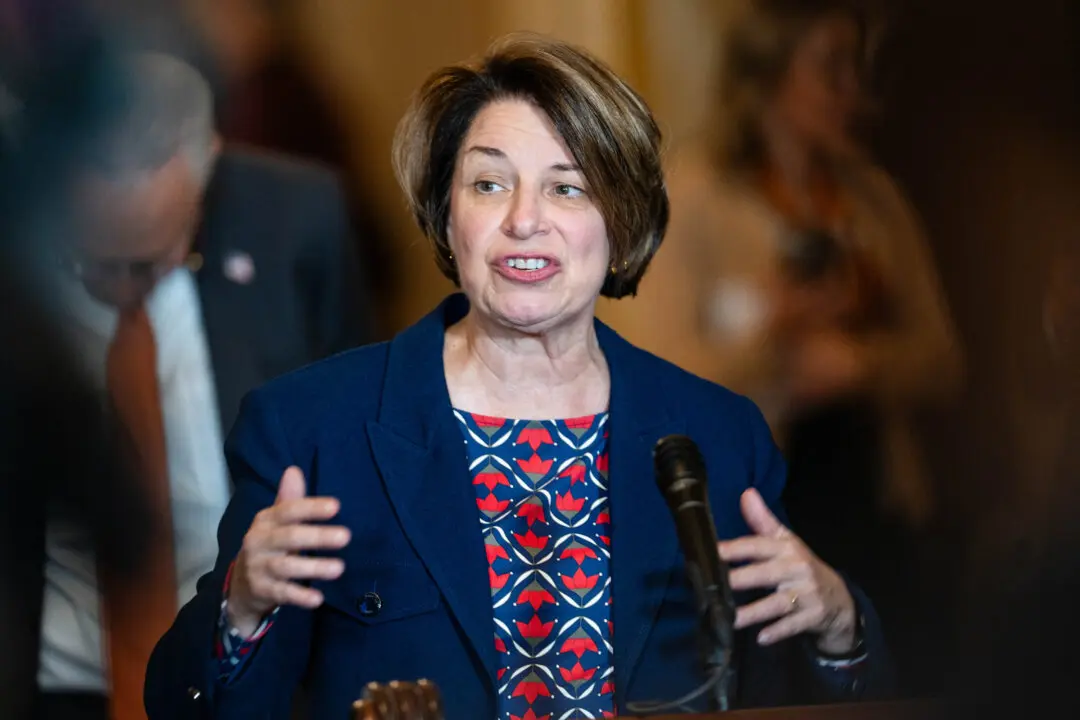Sales of previously-owned homes in the United States fell in March as mortgage rates climbed to a 12-year high, leading mortgage refinance demand to plunge by an annual 68 percent while house prices hit a new record.
Total existing-home sales fell 2.7 percent over the month and 4.5 percent over the year in March, marking the second consecutive month of declines, according to the National Association of Realtors.





